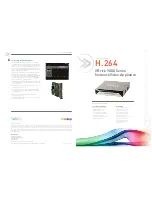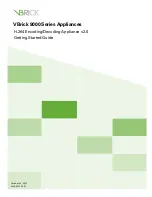
TP-5695 12/93
3-16 Scheduled Maintenance
Anticorrosion Zinc
An anticorrosion zinc anode is installed in the heat
exchanger to prevent electrolytic corrosion by seawater.
When different metals, such as iron and copper, are
placed in a highly conductive liquid (seawater), the iron
gradually rusts. The zinc has chemical properties which
cause the seawater to react to it rather than the engine
components.
The anticorrosion zinc anode should be checked every
100 hours or three months and replaced every 200
hours or yearly. Depending upon operating conditions
and seawater properties, the anticorrosion zinc anode
may have to be replaced more frequently. See
Figure 3-17 and use the following procedure.
TOTAL HOURS
0
0
0
0
0
1/10
10A
FUSE
START
STOP
BATT.
CHRG.
INPUT
1. Heat Exchanger
2. Anticorrosion Zinc
2
1
258000-D
Figure 3-17. Removing Anticorrosion Zinc
1. With generator set cooled, drain the cooling
seawater system. Close seacock, remove
anticorrosion zinc anode from heat exchanger.
2. Use a wire brush to remove the loose corrosion on
the anticorrosion zinc anode. Replace the anode
when less than 50% of the 11/32 in. (9 mm) dia. by
9/16 in. (14 mm) long portion of zinc remains.
3. Clean threaded hole of heat exchanger and coat
threads of anticorrosion zinc anode with pipe
sealant (suitable for marine applications). Install
anticorrosion zinc anode into heat exchanger.
4. Open seacock. Start generator set and check for
leaks at the anticorrosion zinc anode location.
Check for seawater flow by observing water
discharge from exhaust outlet.















































